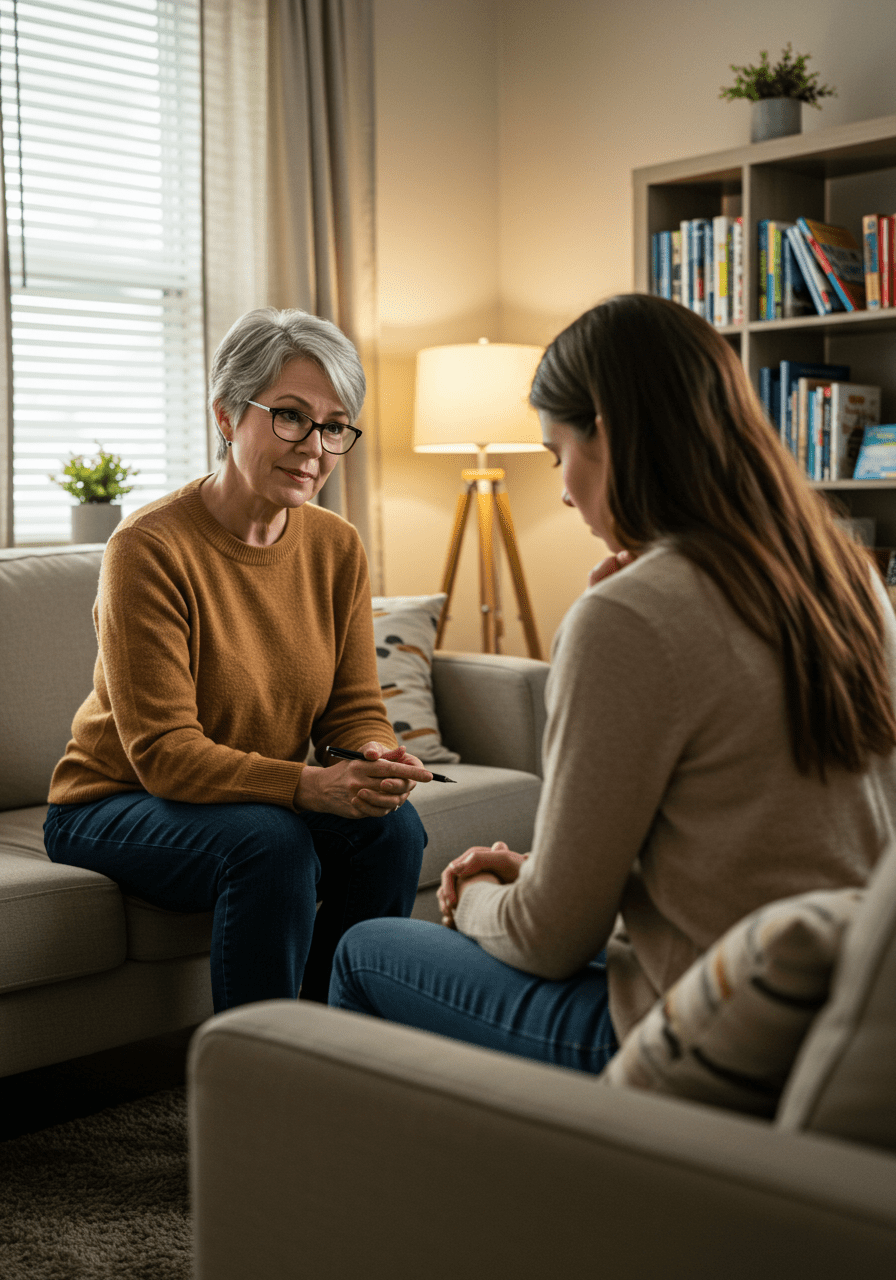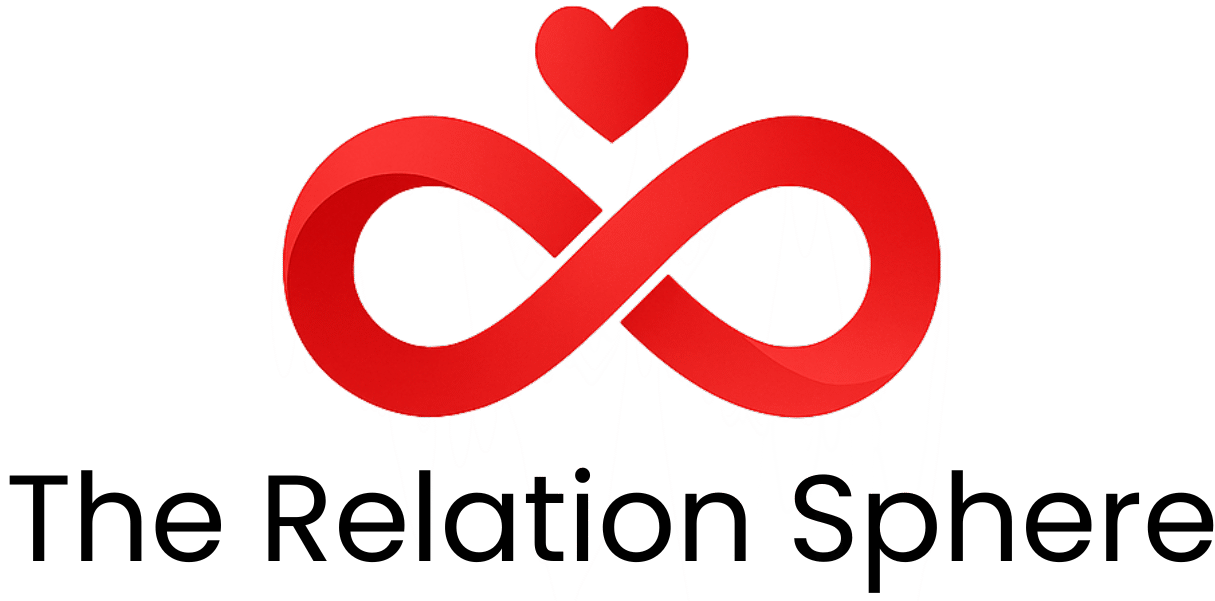1. Introduction
Healing your sexual self after trauma or emotional pain is an essential and transformative journey towards reclaiming intimacy, self-love, and confidence. Many individuals face disruptions in their sexual health and emotional well-being due to past experiences or conditioning, making it crucial to approach recovery with patience, understanding, and strategic self-care. This comprehensive article blog aims to explore effective techniques and strategies for restoring your sexual vitality, emphasizing healing practices, emotional support, and empowering content creation. If you’re seeking expert article tips on how to reconnect with your sexual identity after trauma, continue reading for insightful guidance and practical advice designed to support your healing process.
2. Understanding the Impact of Trauma on Sexual Health
Trauma and emotional pain can profoundly influence sexual self-esteem, intimacy, and overall well-being. It often leads to feelings of shame, fear, or disconnection from your body, which can hinder emotional and physical intimacy. Recognizing the deep impact of past trauma is the first step toward healing. In this online article, we explore the ways trauma affects sexual health, how awareness fosters compassion, and the importance of embracing a healing mindset. To gain a deeper understanding, consider reading about cultural taboos around sex that shape beliefs about sexuality and influence your healing journey.

3. Essential Strategies for Healing Your Sexual Self
Rebuilding your sexual self after trauma requires a holistic approach that combines emotional, physical, and mental techniques. Implementing key article ideas and proven approaches can significantly aid your recovery. Start by focusing on creating emotional safety and trust in yourself and with trusted partners, which is foundational for healing. Engaging in trauma-informed therapy, such as EMDR or somatic experiencing, can facilitate processing complex feelings and restoring confidence in your body. And, as part of your blogging strategy, sharing personal stories and expert insights can help normalize healing conversations around sexuality.
Building Emotional Safety and Trust
Creating a secure emotional environment involves setting boundaries, seeking professional counseling, and cultivating safe spaces for intimacy. Tools like Love & Respect or The Seven Principles for Making Marriage Work provide practical guidance for restoring trust and emotional connection with your partner, which is vital in your content creation efforts about healing strategies.
Practicing Mindful Self-Compassion
Incorporate mindfulness techniques and self-compassion exercises to nurture patience and kindness toward yourself. Guided meditations or position of the day routines can help you reconnect with sensations and feelings, serving as effective article tips for nurturing the healing process. Supporting this, consider Love More, Fight Less, a relationship workbook that emphasizes compassionate communication.
Exploring Gentle Physical Touch
Begin with non-sexual physical touch, such as massage or gentle yoga, to foster positive associations with your body and enhance your recovery. Incorporating calming practices like yoga and breath work can help you gradually rebuild trust in your physical self, a key discussion topic in your web content on trauma healing.

4. Incorporating Healing Practices into Your Daily Routine
Consistent engagement in healing activities fosters gradual progress and boosts your confidence in reconnecting with your sexual self. Consider integrating these into your daily routine for optimal results:
- Yoga and Breath Work: Practicing yoga outdoors at dawn, like in Position of the Day, promotes mindfulness and physical relaxation—both critical after trauma. These exercises can be part of your content creation on healing techniques and routine practices.
- Journaling: Keeping a journal helps you document emotional breakthroughs, setbacks, and milestones, strengthening your healing journey and serving as fresh content ideas for your online article.
- Seeking Support: Connecting with support groups or online communities, including the trauma recovery forums, can provide encouragement and shared experiences vital for progress.
5. The Role of Professional Support and Resources
Professional therapy and counseling are central to healing your sexual self after trauma. Trauma specialists can guide you through techniques like EMDR or somatic therapy, which are highly effective for processing past pain. Furthermore, various resources, including podcasts and online articles, offer valuable insights and article ideas for content creators interested in mental health and healing topics. Enhancing your website content about trauma recovery can position your blog as an authoritative source for readers seeking hope and practical strategies.

6. Conclusion: Rebirth and Reconnection
Navigating the healing process after trauma is akin to a phoenix rising from ashes—a rebirth into a vibrant, more confident self. Patience, self-love, and professional support are vital ingredients. By utilizing the right strategies and therapies, you can embrace your sexuality and reconnect with pleasure and intimacy. Your journey is as unique as it is essential, and each small step forward marks a significant victory in your path to healing.
7. Frequently Asked Questions (FAQs)
How do I start healing my sexual self after trauma?
Begin by acknowledging your feelings and seeking support from trauma-informed therapists or support groups. Engage in gentle self-care practices like mindfulness, yoga, or journaling, and prioritize your emotional safety at all times. Learning about sexual shame from childhood conditioning can also be an important step.
What are effective techniques for emotional healing post-trauma?
Trauma-informed therapy methods such as EMDR, somatic experiencing, and narrative therapy are highly effective. Incorporate mindfulness exercises and body-based therapies, including dance or massage, to facilitate emotional release. Reading books like The Inner Work of Relationships can provide additional tools.
How can I rebuild intimacy with a partner after trauma?
Prioritize open communication, establish boundaries, and proceed gradually. Engaging in shared healing activities like couples’ games and date night ideas can strengthen your emotional bond. Consider couples therapy to facilitate reconnection.
Are there specific content creation tips for writing about sexual trauma and healing?
Yes. Use sensitive, empowering language and share actionable advice. Incorporate personal journeys, expert insights, and relevant article ideas to reduce stigma and enhance readership engagement. Consistent SEO writing and strategic web content development ensure your article blog reaches those in need of hope and information.


3 thoughts on “Healing Your Sexual Self After Trauma or Emotional Pain”